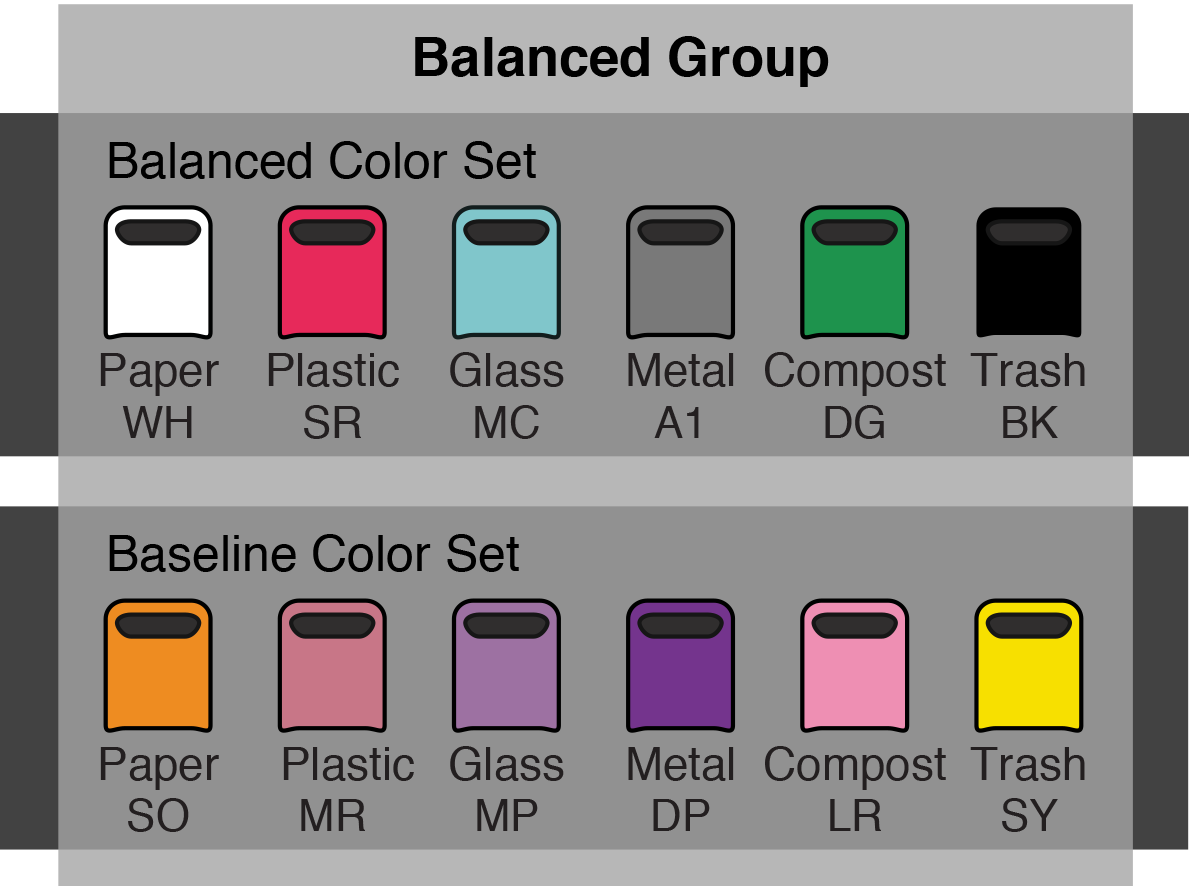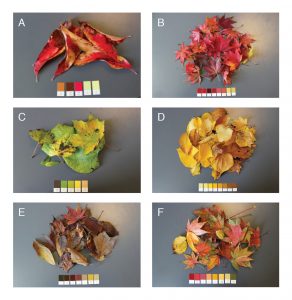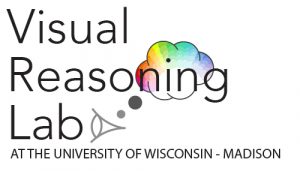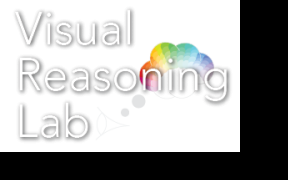 How can we generate color palettes for data visualization that are easy to perceive and enjoyable to experience? We are developing Colorgorical (“Color” + “categorical”) to address this question for categorical data visualizations. Designed and evaluated using empirical data, Colorgorical helps balance aesthetics and perceptual discriminability.
How can we generate color palettes for data visualization that are easy to perceive and enjoyable to experience? We are developing Colorgorical (“Color” + “categorical”) to address this question for categorical data visualizations. Designed and evaluated using empirical data, Colorgorical helps balance aesthetics and perceptual discriminability.
Data Stories Podcast: Color with Karen Schloss
 Data stories is a podcast on data visualization with Enrico Bertini and Moritz Stefaner.
Data stories is a podcast on data visualization with Enrico Bertini and Moritz Stefaner.
This week’s episode, Color with Karen Schloss, featured a discussion on the use of color in information visualizations. Topics spanned issues in perception, color inference, and aesthetics.
Congrats to Katie Foley!
 Katie Foley received a UW – Madison Department of Psychology Spring Undergraduate Travel Award to present her research at the 2018 meeting of the Vision Sciences Society:
Katie Foley received a UW – Madison Department of Psychology Spring Undergraduate Travel Award to present her research at the 2018 meeting of the Vision Sciences Society:
Interpreting color-coding systems: the effects of concept activation on color inference
By Kathleen Foley, Laurent Lessard, Karen B. Schloss
Congrats to Shannon Sibrel!

The Psychology Department at the University of Wisconsin – Madison honored Shannon Sibrel with a 2018 Outstanding Undergraduate Research Award for her work in our lab. Congratulations, Shannon!
In the media: Communicating with color
 Our recent study on communicating with color by Karen Schloss, Laurent Lessard, Charlotte Walmsley, and Katie Foley was featured in the news:
Our recent study on communicating with color by Karen Schloss, Laurent Lessard, Charlotte Walmsley, and Katie Foley was featured in the news:
Interview with Karen Schloss on WISC-TV News 3
Article in the UW Madison News by Chris Barncard.
This study was published in Cognitive Research: Principles and Implications:
Schloss, K. B., Lessard, L., Walmsley, C. S., & Foley, K. (2018). Color inference in visual communication: The meaning of colors in recycling. Cognitive Research: Principles and Implications, 3, 5, 1-17. PDF
New Publication: Color inference in visual communication: the meaning of colors in recycling
 Our new article on how people interpret messages in color-coding systems was published in Cognitive Research: Principles and Implications (CRPI).
Our new article on how people interpret messages in color-coding systems was published in Cognitive Research: Principles and Implications (CRPI).
New Publication: Seasonal Changes in Color Preferences Are Linked to Variations in Environmental Colors: A Longitudinal Study of Fall

Our new article on how and why color preferences change of the course of Fall was published in the i-Perception Special Issue: Seeing Colors.
Wisconsin Science Festival 2017: Curiosity Unleashed!
 Our lab is excited for the Wisconsin Science Festival, is a four-day statewide celebration of science for people of all ages!
Our lab is excited for the Wisconsin Science Festival, is a four-day statewide celebration of science for people of all ages!
Nov. 3, 2017 – 6:30pm to 7:00pm Gallery Talk by Karen Schloss at the Madison Museum of Contemporary Art (MMoCA). The talk, entitled Finding Meaning in Color, will discuss human perceptions and experiences of color in response to the installation by Sonja Thomsen: in the space of elsewhere.
http://www.mmoca.org/exhibitions/exhibits/sonja-thomsen-space-elsewhere/events-and-happenings
Nov. 4, 2017 – 10:00am to 3:00pm Kevin Ponto and our other fellow Virtual Environments Group members will feature their new interactive learning display, which uses virtual reality to immerse people in the IceCube Neutrino Detection system at the South Pole!
https://pvre.discovery.wisc.edu/
Graduate admissions for Fall 2018

Our lab is interested in accepting graduate students for Fall 2018.
If you are interested in applying to be a graduate student in the Schloss Visual Reasoning Lab at the University of Wisconsin – Madison, please apply through the Department of Psychology (http://psych.wisc.edu/graduate-admission-and-requirements.htm).
Congrats to Chris Racey!

Chris Racey’s presentation at the at the 9th Annual McPherson Eye Research Institute (MERI) Vision Science Poster Session received honorable mention for the Vision Science Poster Award. His poster was entitled “Color naming fluency does not explain color preferences when chroma is controlled.” Congratulations Chris!
